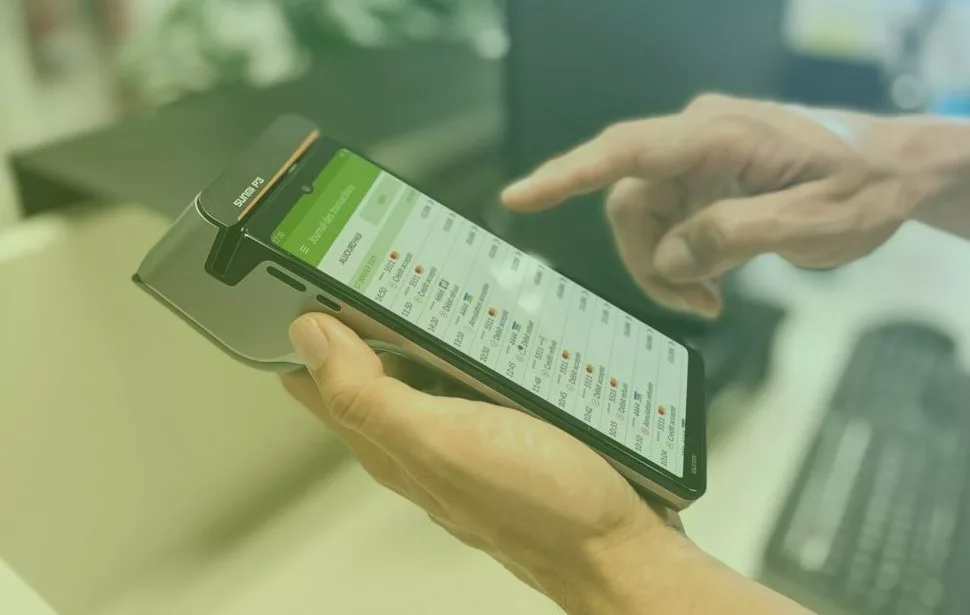Do you know the difference between multichannel and omnichannel? How can you switch from one to the other in your sales?
More and more brands are looking at multichannel payments to integrate them into a single centralised system. That is, even if they offer different payment methods, they can all be found on the same platform, which facilitates and improves the user experience.
This trend is growing enormously in e-commerce, where consumers make their purchases online or offline from different points of sale, both physical and digital.
Not everything is focused on the product, but there are more and more sales strategies that focus on the user. That’s why eCommerce is very aware of its audience profile, from the geographic location and other demographics to their problems and needs.
The goal is to attract the ideal type of customer for your online business and increase your revenue.O
Can omnichannel and multichannel payments coexist?
The answer is yes. You can have as many payment methods as you want on a single way or platform. Therefore, we would be talking about multichannel (voice recognition, payment processing without special development or integration, Virtual POS…) and omnichannel (a payment gateway with a single interface and a common login offering different payment methods).
The advantages of using multichannel payments in your online shop are:
- Greater possibilities of attracting leads and, therefore, increasing your sales.
- Access to a greater number of users.
- Pricing policies can be established.
- You will differentiate yourself from the competition.
- Your customers will have a greater number of payment options.
- Improved corporate image.
- Greater speed and security in the methods you offer.
- You will boost sales and optimise collection processes.
- You will promote loyalty.
- You will provide the information to consumers.
The current market is characterised by omnichannel, where different offline and online payment methods coexist. However, it is not enough to offer different channels; they must also relate to each other through a solid strategy based on the user experience. The goal is for the customer to be able to choose the option she prefers to make her purchase.
Why offer all your payment alternatives in a single processor?
Payment methods should not be separate from the customer experience, as they are a part of the purchasing process of any business. Many physical shops have integrated their online and offline channel, taking advantage of the smartphone penetration and the ease with which mobile payments are made from anywhere in the world.
Other brands, however, came into the world already baptised as online shops, having to quickly integrate trends in payments by this means. And while 75% of the shops believe that offering a wide variety of payment methods fosters customer loyalty, it doesn’t help an eCommerce to have many alternatives if they’re not integrated into a single platform. If this happens, then:
- You will promote barriers in the sale of products online.
- You will increase shopping cart abandonment.
- You will reduce the value of the average basket by a very high percentage.
- You will have greater difficulty in attracting new customers.
- You will reduce flexibility when paying for a purchase.
Are you ready to deal with these handicaps in your sales process? You should bet on integrating your payments into a gateway that perfectly fits your needs.
What should you consider to become an omnichannel business?
If you already have different payment methods and want to integrate them into a centralised platform, you should consider these 4 keys:
- Treat all the channels you have as if they were one, communicating the same message and offering the same conditions.
- Integrate them into a single platform and control the behaviour of your customers and your overall business from a dashboard.
- Analyse the results and make better decisions on the strategy.
- Give the customer the opportunity to use their favourite channel in their purchasing process and switch to another channel if they wish.
Whichever method you choose, when using a payment gateway, you will have all the information about your operations and payment methods centralised. And if something goes wrong, your customers will be directed to another method that will allow them to complete their purchase successfully. Omnichannel is the trend that has come to respond to the changing needs of the market and users in the increasingly connected X, Y, Z generations.
The more digital, the more demanding!
The most commonly used payment methods in e-commerce
Big brands have realised that offering multi-channel payments to their customers is the best strategy for them to choose the method they want and whenever they want. The most common, and already becoming a trend, are:
- Virtual POS. It allows you to accept payments anytime, anywhere, using your mobile phone or the gateway’s POS.
- MOTO. For the processing of payments without special developments or integrations of the system.
- PCI UVR. It enables your online business to accept payments using interactive voice responses (IVR).
- Bank transfer. It is a simple way to pay that is supported by traditional financial institutions as its operation relies directly on them.
- Purchase financing. It is a recent option that offers the customer the possibility of financing a purchase through instalments or terms. The eCommerce receives the purchase amount automatically and the order is processed once the option to finance the purchase is chosen.
Mobile payments have become the present and future of online payment methods. Over the next few years, it is estimated that Smartphone users will continue to increase. In Spain, 77% of consumers make at least one purchase per month from a smartphone, Tablet or other mobile devices.
Now that you know why big brands are opting for multi-channel payments, it’s time to think clearly about where your online shop stands.




